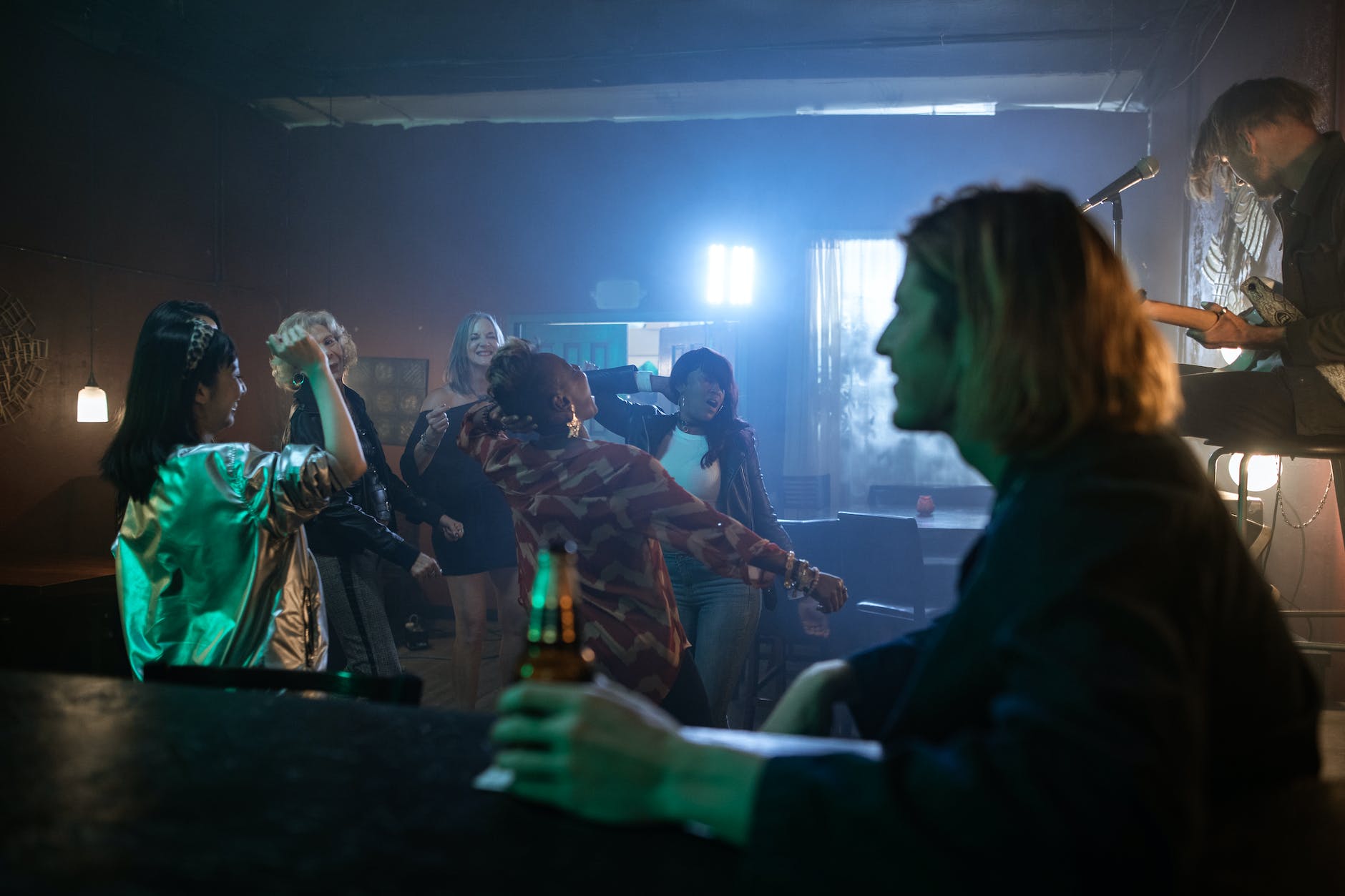—
In the realm of music history, nothing quite compares to the unique genre of psychedelic music. Emerging amidst the counterculture movement of the 1960s, psychedelic music has left an indelible mark on the global sonic landscape. It has sprouted offshoots, ranging from small boutique genres to massive movements that have crossed cultural and geographic boundaries.
The budding of psychedelic music is closely linked to the counterculture movement that swept across Western societies in the mid-1960s. Amidst changing socio-political circumstances and the advent of narcotics such as LSD, artists started experimenting with new kinds of sound. The result was music that aimed at replicating the mind-altering experiences of drug trips. The Grateful Dead, Pink Floyd, and Jefferson Airplane, among others, played a pivotal role in ushering psychedelic rock into the mainstream.
Early psychedelic rock drew heavily on blues forms while pioneering the use of advanced studio effects and unconventional instruments. This combined with characteristic elements like harmonic distortion, long improvisations, and surrealist lyrics to sculpt mind-altering sounds that entranced their audience. It ultimately intended to invoke sympatico with the so-called trance states synonymous with psychedelic drug use.
The late ’60s and early ’70s saw the diversification of psychedelic music as it seeped into other genres, such as funk, jazz, and electronica. In Germany, a trend known as “Krautrock” wedded psychedelic rock’s improvisation with electronic music’s pulsating rhythm. In the United Kingdom, bands like Tangerine Dream and Hawkwind led what became known as “Space Rock,” which transported the listener beyond the mundane world through lengthy instrumental passages.
The 1980s witnessed further metamorphosis of psychedelic music, coinciding with the advent of new technologies like synthesizers and digital audio workstations. Borne into the incipient world of electronica, psychedelic electronica brought a fresh resurgence. This new genre forged cosmic sonic patterns and trance-like rhythms, attracting new listeners in droves.
A notable facet of this evolution was the integration of psychedelic music into music festivals. The Burning Man festival in the Nevada desert or Goa parties in India’s coastal retreat have become global cultural phenomena, attracting varied sets of crowds.
Additionally, despite its roots in Western countercultures, psychedelic music has left a significant imprint on other cultures. In Africa, for instance, bands blended psychedelic sounds with traditional rhythmic patterns, giving birth to popular genres like Afrobeat.
In more recent times, neo-psychedelia has embraced a broader range of influences. Combining elements of psychedelia with shoegaze, dream pop, and indie-rock, bands like Tame Impala and MGMT have achieved mainstream success. This modern form maintains the genre’s focus on sonic exploration and improvisation while creating more digestible sounds for a wider audience.
Indeed, the cultural impact of psychedelic music is unmistakable. From promoting a break from societal conventions and sparking the development of underground music cultures, to influencing mainstream pop culture and music styles, psychedelic music has undoubtedly etched itself deeply into our global soundscape.
As we look back, it is clear that the evolution of psychedelic music shares a parallel path with the changing social and technological landscape. Just as with any creative field, it serves as an authentic reflection of the times, morphing to fit its listeners’ changing tastes and societal outlooks.
In guiding listeners across these different planes of existence, psychedelic music has transgressed the boundary of simple entertainment. It guides listeners on a deeper journey, inviting them to explore their inner cosmos. What started as a countercultural form of expression has now come to represent the universality of human experience across time and space, earning its place as an essential chapter in our shared music history.




